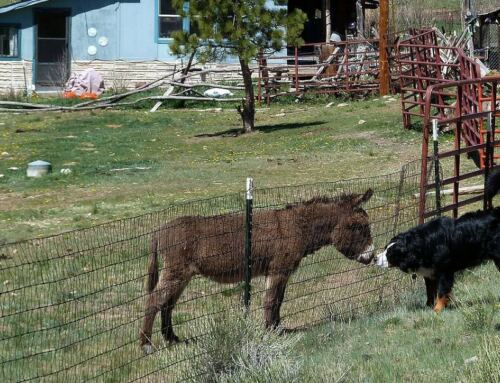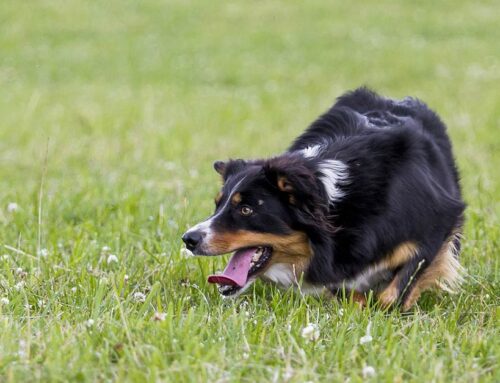 In order to simplify training for pet owners, and to incorporate training into daily life, eliminating the need to set aside a specific time for it many trainers recommend the Nothing In Life is Free protocol (NILF)*. It has its merits, though an unfortunate name. Tagging along with the technique is a fuzzy notion of “we’re in charge here and the sooner you figure that out the better” or something like that. There is also an unfortunate misunderstanding among many that merely making a behavior a requirement will change how a dog feels about performing it. This leads people with fearful dogs to obedience classes and to the recommendation that the person the dog most fears, does the training.
In order to simplify training for pet owners, and to incorporate training into daily life, eliminating the need to set aside a specific time for it many trainers recommend the Nothing In Life is Free protocol (NILF)*. It has its merits, though an unfortunate name. Tagging along with the technique is a fuzzy notion of “we’re in charge here and the sooner you figure that out the better” or something like that. There is also an unfortunate misunderstanding among many that merely making a behavior a requirement will change how a dog feels about performing it. This leads people with fearful dogs to obedience classes and to the recommendation that the person the dog most fears, does the training.
It is the case that when positive reinforcement training is used to teach behaviors that a dog is likely to feel good about performing those behaviors, but it would be an overstatement to say that they always do. In the case of NILF a dog learns that the food bowl doesn’t get put on the floor, or the door doesn’t open until they put their butt on the floor. This alone is a useful behavior for most owners, if left at that. But behavior, even with a reward, can become rote to the dog while remaining beneficial to us.
Kathy Sdao in her book Plenty in Life is Free encourages owners to look for behaviors to reinforce, rather than require behaviors be performed to earn a reward. It’s a beautiful system and once you get in the habit of it, it hardly feels like “training” at all. Instead it’s an ongoing conversation with your pet, “Hey that is awesome, I like it when you do that, have a bit of cheese.” One day you notice that your dog is performing that behavior with more frequency and you no longer need to block them from rushing out the door because they sit and wait for you to tell them how fabulous they are, and if you happen to have a bit of cheese, that would be nice too.
This is a great technique to apply to your interactions with any dog, but especially a fearful dog. Not only does the dog learn to repeat the behaviors you like, life changes for them. Most of our fearful dogs are very good at feeling scared, anxious and worried. By finding ways to provide them with rewards frequently throughout the day you can help them to develop what in a person might be considered, hopeful anticipation for life ahead. Help your fearful dog learn that plenty in life is awesome.
*Also called Learn To Earn, which removes some of the “I’m the boss around here,” sensibility of the practice.





